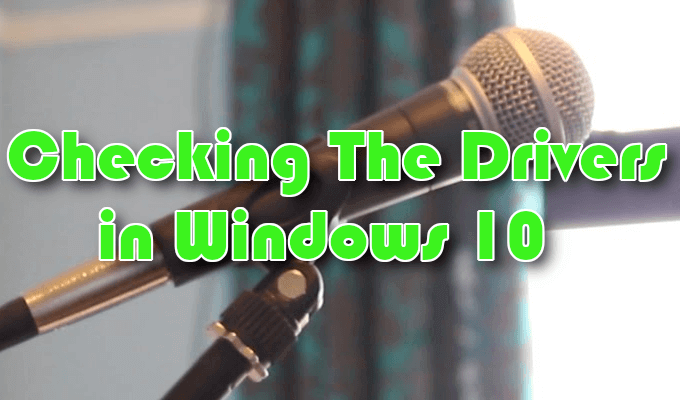

- #Usb mic boost windows 10 serial#
- #Usb mic boost windows 10 drivers#
- #Usb mic boost windows 10 driver#
- #Usb mic boost windows 10 tv#
#Usb mic boost windows 10 drivers#
X10 Receiver) - ID 0bc7:0004 - appears as a joystick-like 2 button mouse and a 0-9 keypad without drivers on console and X.
#Usb mic boost windows 10 tv#
#Usb mic boost windows 10 driver#
Shortly after the Raspberry Pi was released it was confirmed that there were a number of issues with the Linux USB driver for the SMSC95xx chip. This can be discovered by melts, scorching, smoke or worse. Warning: Because the polyfuses have been removed, back feeding of the PI, by applying power via its normal USB output, can damage D 17 if triggered by an over-voltage, and so lead to consequential over-heating. Revision 2.0 was released in August 2012. Users should still ensure their power supply can power the Raspberry Pi and the USB peripherals. This had the polyfuses removed, removing the 100 mA current limitation for each USB port (but leaving the main fuse F3 intact). Model B Hardware Revision 2.0 and Revision 1.0 with ECN0001 change Not only do non single current unit devices draw more current (causing greater Voltage drops, and greater stress on the fuses), they also might require 4.75 Volt to work. As a consequence the USB ports are only directly suitable for "single current unit" USB devices which, according to USB specifications, are designed to work with just 4.4 Volt. The Raspberry Pi's PSU was chosen with a power budget of 700 mA of which 200 mA were assigned to the USB ports, so the Raspberry Pi's (poly)fuses were designed only for devices up to 100 mA, and typical 140 mA polyfuses will have as much as 0.6 volt across them when drawing currents near the 100 mA limit. USB devices using more than 100 mA had to be connected via a powered hub. The original Model B board had current limiting polyfuses which limited the power output of each USB port to approximately 100 mA. Model B Hardware Revisions and USB Power limits Hardware Revision 1.0 There is a Wiki section about this issue which is worth a read. If the Raspberry Pi's supply voltage falls below a certain value (anecdotally stated as around 4.75 V), or it begins to fluctuate, your setup may become unstable. If you are adding to a product list it would help clarity if entries are kept/added in alphabetical order.Īdding peripherals may increase the loading on the power supply to your board and this, in turn, may affect the voltage presented to the Raspberry Pi.

Other Peripherals - all sorts of peripherals used with the Raspberry Pi.Ī note about this page: For USB devices, please specify if they required a powered hub Notesġ: Now that the Model B board is shipping, details added should relate to this board and the default Debian distribution unless stated otherwise. Screens - attaching a screen to the Raspberry Pi.Ĭases - lots of nice cases to protect the Raspberry Pi. Low-level Peripherals - using the GPIO and other connectors.Įxpansion Boards - GPIO plug-in boards providing additional functionality. Hardware History - guide to the Raspberry Pi models. Hardware - detailed information about the Raspberry Pi boards. 23.3 Working external Battery packs (with 5 V regulated output).20.15 Tinkerforge Bricks and Bricklets ().20.3 USB to Parallel Port/Printer Adapters.
#Usb mic boost windows 10 serial#
17 USB UART and USB to Serial (RS-232) adapters.10.1 Databases of supported sound cards.


 0 kommentar(er)
0 kommentar(er)
